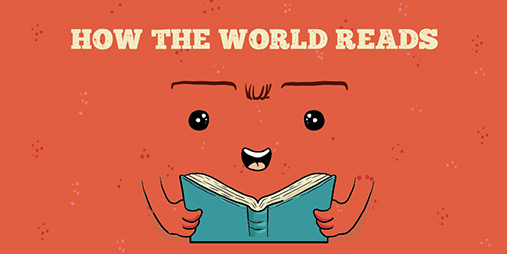Reading is one of the most flexible hobbies because you can literally do it anywhere. From doing it before going to sleep to doing it in the middle of your day-to-day activities, the availability of reading materials is very abundant. Aside from verbal communication, written communication passes knowledge from one person to another either for entertainment, information-sharing, or simply exchanging ideas. Moreover, reading is one of the early life skills we acquire in such a young age and as time goes by we learn to develop it through different reading materials such as print and online. It is also a vital skill for school and professional growth.
In India, they spend about 10.43 hours reading per person for a week which makes them top country that allots the most hours for such activity. Whether they read print or digital, it is important to note that the variation in the reading material taps different sections of our brain. According to a study, our brain has shifted to “bi-literate” since we started reading online. On the other hand, reading a physical book uses a linear reading function which allows us for better retention.
In this infographic, learn the processes involved in reading, the difference of reading materials such as print and digital and how we can take care of our eyes when reading them, and how reading in general can change one’s life.
Infographic created to you by feelgoodcontacts.com


